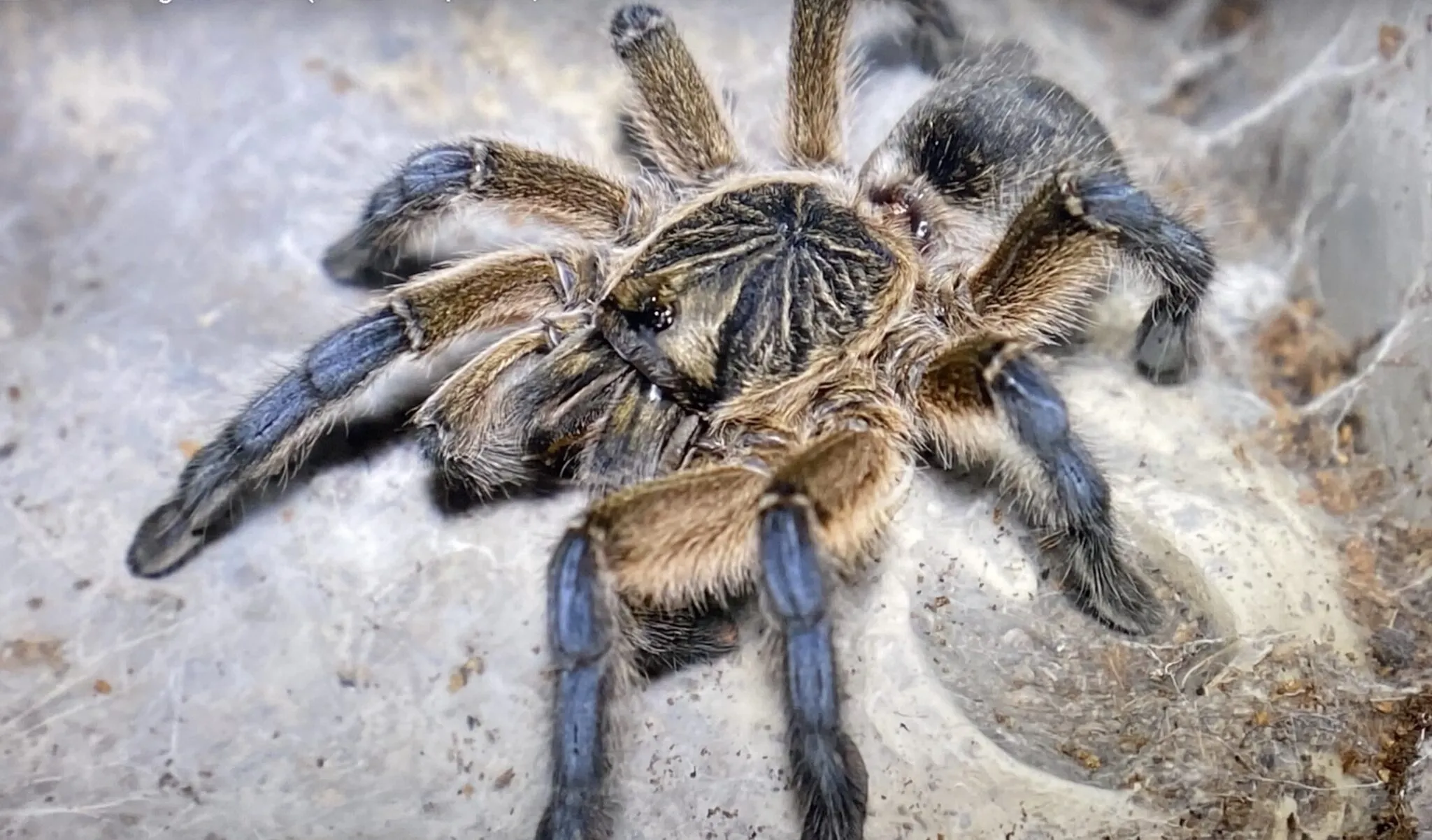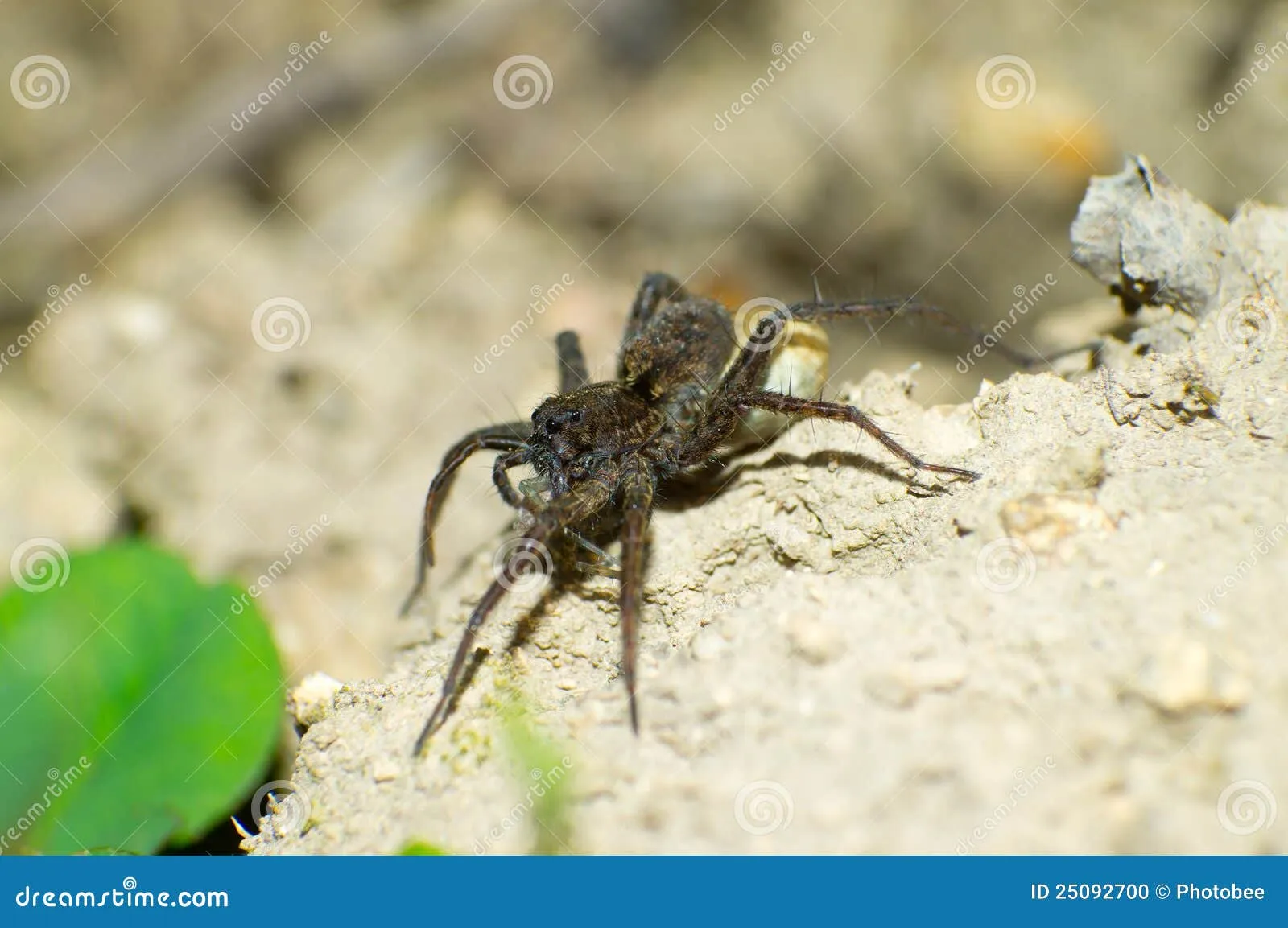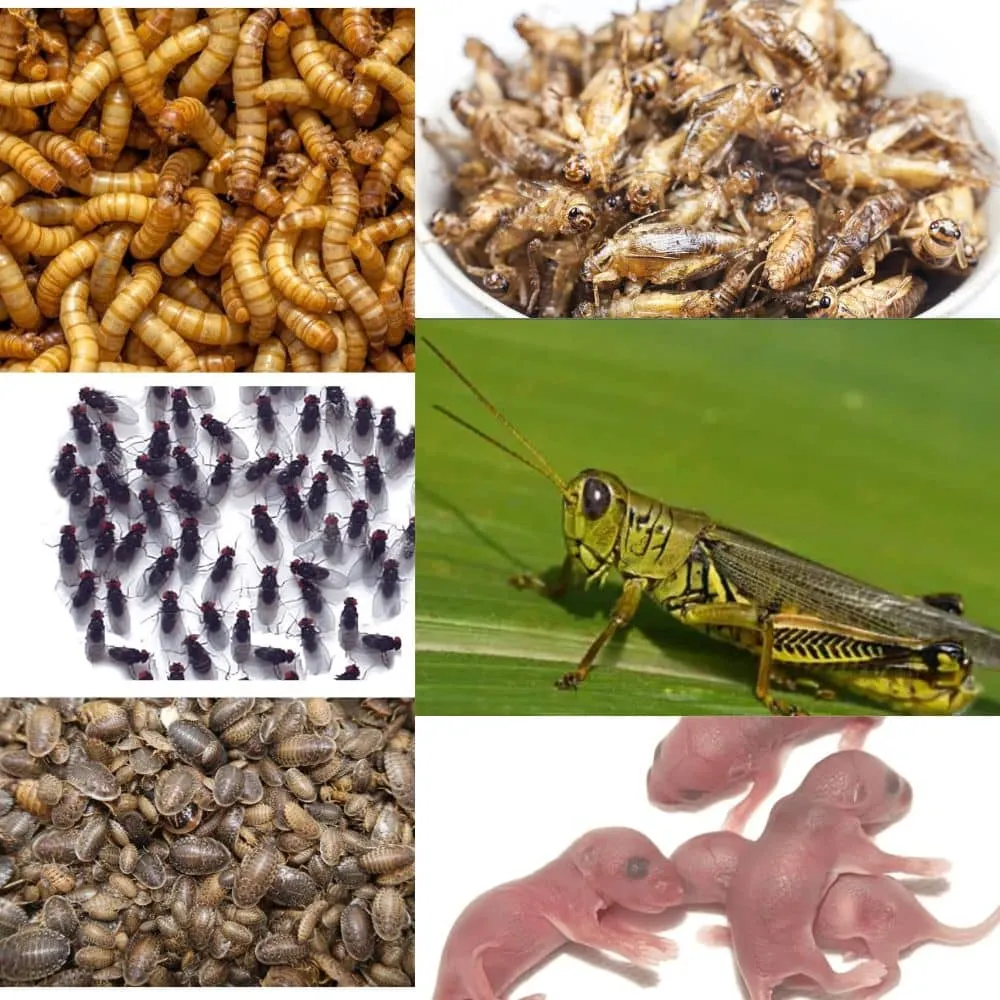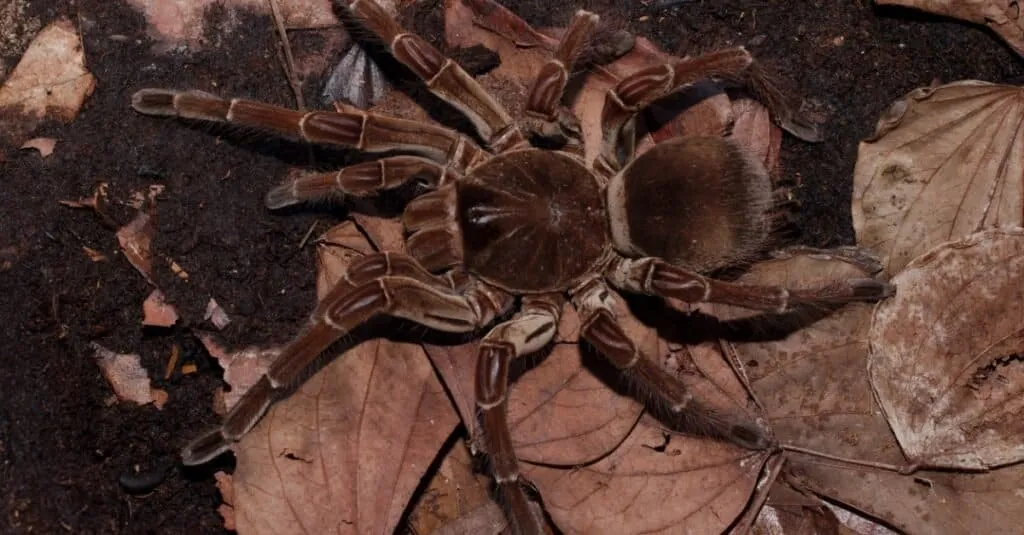Tarantula Eaters Top 5 Facts
Tarantulas, with their large size and formidable appearance, might seem like apex predators. However, they are prey for a variety of creatures in their natural habitats. Understanding who eats tarantulas sheds light on the intricate web of life and the ecological roles these arachnids play. This article explores the top 5 animals that regularly consume tarantulas, offering insights into their hunting strategies and the impact they have on tarantula populations. This will provide a comprehensive look at the predators, their hunting methods, and the environments where these interactions occur.
Birds of Prey
Birds of prey, with their exceptional eyesight and powerful talons, are among the most significant predators of tarantulas. Hawks and owls, in particular, are known to hunt these large spiders. Their hunting strategy typically involves spotting tarantulas from a distance, swooping down to capture them. The ability to fly allows these birds to access tarantulas in various terrains, including forests, grasslands, and even suburban areas. Birds of prey are a crucial part of the ecosystem, helping to control tarantula populations. The diet of these birds often includes a variety of prey, but tarantulas can be a substantial food source when available.
Owls

Owls, with their silent flight and nocturnal hunting habits, are well-adapted to hunting tarantulas. Owls are particularly effective hunters in areas where tarantulas are active at night. They use their keen hearing to locate tarantulas on the ground. Once located, the owls swoop down and use their sharp talons to capture the spiders. The hunting success of owls depends on the abundance of tarantulas in their environment. The hunting behavior of owls provides a balance to the tarantula population, preventing overpopulation and maintaining a healthy ecosystem.
Hawks
Hawks, known for their daytime hunting prowess, also prey on tarantulas. Hawks use their excellent vision to spot tarantulas from high perches or while soaring in the air. They then dive down at high speeds to capture the spiders with their powerful talons. The hunting success of hawks depends on factors like the tarantula’s size and the terrain. Hawks are important predators, especially in areas where tarantulas are abundant. Their impact on tarantula populations helps maintain a balanced ecosystem. The presence of hawks in an area can significantly influence tarantula behavior, making them more cautious and less likely to be seen during the day.
Other Birds
Other birds, like some species of eagles and falcons, also occasionally include tarantulas in their diets. These birds are opportunistic hunters, and they take advantage of available prey. The impact of other birds on tarantula populations may not be as significant as that of owls and hawks, but their presence contributes to the overall predation pressure on tarantulas. The diversity of bird species that prey on tarantulas shows the critical role birds play in regulating the tarantula population, ensuring ecological balance and biodiversity within their habitats. These birds showcase nature’s complexity.
Reptiles and Amphibians

Reptiles and amphibians also contribute to the list of animals that eat tarantulas. Lizards, snakes, and some amphibians are known to prey on these spiders. Their hunting strategies vary depending on their species and the environment, but they all help manage tarantula numbers. These reptiles and amphibians often inhabit the same ecosystems as tarantulas, making them frequent predators. The impact of reptiles and amphibians on tarantula populations underscores the interconnectedness of the food web. These reptiles and amphibians offer a different perspective on the balance within the ecosystem, with their diverse hunting strategies.
Lizards
Lizards, particularly larger species like monitor lizards and certain gecko varieties, will eat tarantulas. These lizards are active hunters and can be found in various habitats. They use their speed and agility to capture tarantulas, often ambushing them or actively pursuing them. Lizards play an important role in regulating tarantula populations. The hunting habits of these lizards can vary widely, depending on their size and the environments. The presence of lizards influences how tarantulas behave in their natural surroundings. These interactions further demonstrate the complex ecological relationships that exist within these habitats.
Snakes
Some snake species also include tarantulas in their diets. Snakes are adept hunters, often using ambush tactics or actively searching for prey. They will constrict or envenomate the tarantulas before consuming them. The hunting behavior of snakes varies by species, with some being more specialized in hunting tarantulas. Snakes play a role in maintaining tarantula population. The presence of snakes has a notable impact on how tarantulas behave. This interaction is a crucial aspect of the ecosystem’s balance, where snakes serve as a regulatory influence on tarantula populations. This helps to showcase the natural dynamics.
Amphibians

Certain amphibians, such as large frogs and toads, are opportunistic predators of tarantulas. These amphibians will consume any prey that fits within their mouth. They typically wait and ambush, snapping up tarantulas as they come close. Amphibians play a minor role in controlling tarantula populations. The presence of amphibians is a minor factor in the ecosystem dynamics. Amphibians are another example of how tarantulas are a part of the food web. These amphibians add an interesting element to the balance, showing the range of predators that tarantulas face in their environment.
Mammals
Several mammals also eat tarantulas. Opossums, skunks, and coatis are among the mammals known to include tarantulas in their diet. These animals are often opportunistic feeders, taking advantage of readily available food sources. Mammals contribute to the predation pressure on tarantulas, helping to regulate their numbers. The presence of these mammals can influence the local ecosystem dynamics. This highlights the variety of animals that consume tarantulas, demonstrating the role mammals play in the ecosystem balance, underscoring the interconnectedness of wildlife.
Opossums
Opossums are known for their adaptability and will eat tarantulas when they can find them. They are opportunistic omnivores, and tarantulas provide a substantial meal. They will forage for tarantulas on the ground or even climb trees to find them. Opossums add to the predation pressure. The presence of opossums can affect how tarantulas behave in certain areas. This interaction is a crucial aspect of the ecosystem’s balance. The role of opossums provides a good example of how tarantulas are part of the diet of several animals within their habitat.
Skunks

Skunks, with their powerful digging abilities and keen sense of smell, will dig up tarantulas. They are also opportunistic feeders that eat tarantulas. They often find tarantulas in their burrows. Skunks are effective predators, impacting tarantula populations. Their presence affects tarantula behavior and survival rates in their habitats. This illustrates how many different animals, including skunks, can impact tarantula populations in their environment. Skunks contribute significantly to the ecological balance.
Coatis
Coatis, members of the raccoon family, are also known to consume tarantulas. They use their long snouts to dig in the soil to unearth tarantulas. They are opportunistic omnivores that will eat tarantulas as part of their diverse diet. Coatis help regulate tarantula populations. The presence of coatis can influence how tarantulas behave. This showcases the complexity of the ecosystem and how coatis play a role in the intricate dynamics of wildlife interactions. Coatis contribute to the overall ecosystem, adding to the variety of predators that consume tarantulas.
Insects and Arachnids
While tarantulas are predators, they are also prey to other insects and arachnids, particularly the tarantula hawk. The tarantula hawk wasp is a specialized predator of tarantulas. They are adapted to hunt and paralyze tarantulas, using them as a host for their larvae. This unique predator-prey relationship is a fascinating aspect of the tarantula’s environment. The behavior of the tarantula hawk adds to the intricate dynamics of the ecosystem. This highlights the complex interplay of life. This dynamic showcases the predator-prey relationship.
Tarantula Hawks

Tarantula hawks are large, powerful wasps specifically adapted to hunt tarantulas. The female tarantula hawk stings and paralyzes a tarantula, then drags it to a burrow. There, the wasp lays an egg on the tarantula’s abdomen. When the egg hatches, the larva feeds on the paralyzed tarantula, eventually killing it. The tarantula hawk’s hunting methods and lifecycle are an example of specialized predation. These wasps are crucial for regulating tarantula populations. Their impact on the tarantulas highlights the fascinating balance of the ecosystem, demonstrating a complex relationship between predator and prey.
Other Spiders
Although less common, larger spiders may sometimes prey on tarantulas, especially spiderlings. These spiders are often ambush predators, and they will take advantage of any opportunity to feed. This is a clear indication of the complex relationships within the arachnid world. These smaller interactions contribute to the overall ecosystem dynamics. These spiders further underscore the variety of predators that tarantulas encounter in their natural environment. This demonstrates the competitive nature among various spiders.
In conclusion, tarantulas face a variety of predators, from birds of prey and reptiles to mammals and even other arachnids. These predators play a crucial role in regulating tarantula populations, keeping the ecosystem in balance. Understanding who eats tarantulas helps us appreciate the intricate web of life and the importance of biodiversity. This insight helps to protect and preserve the delicate ecosystems where tarantulas and their predators coexist. The interactions between these animals remind us of the importance of protecting natural habitats.
